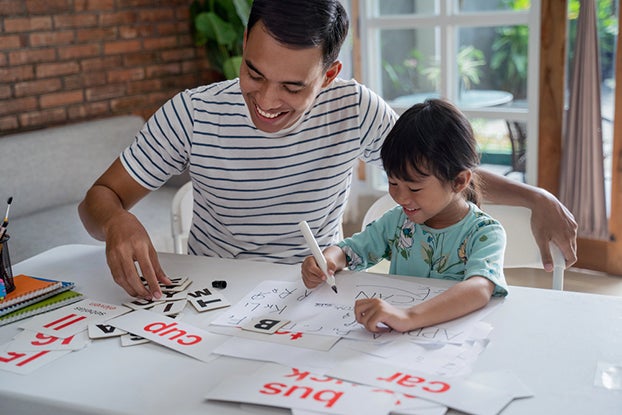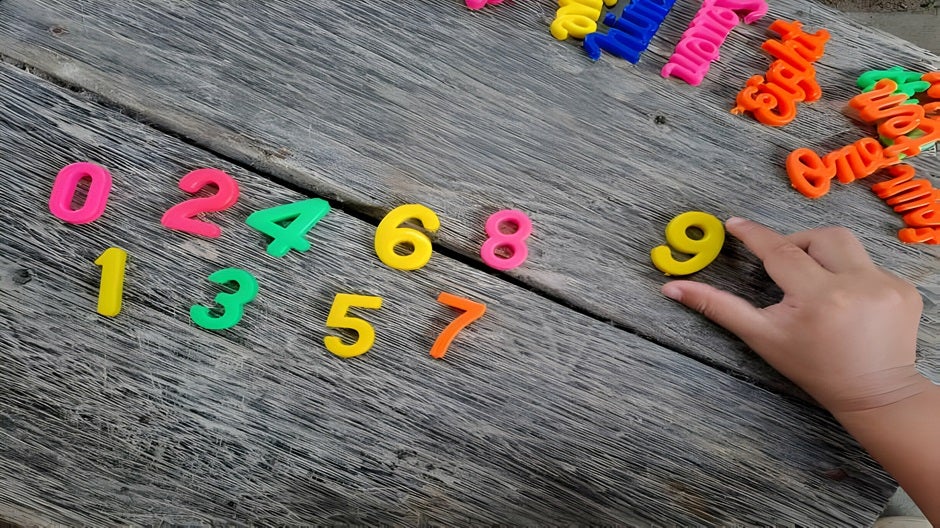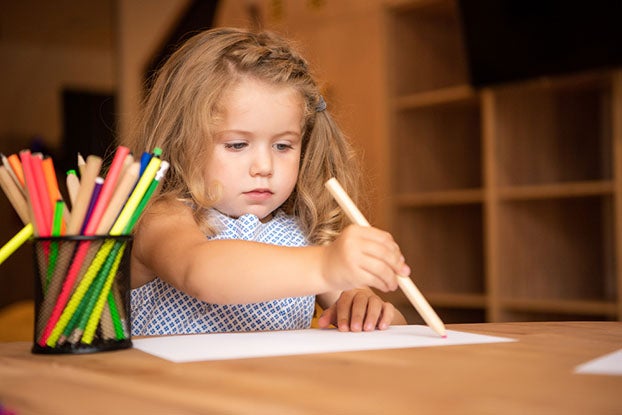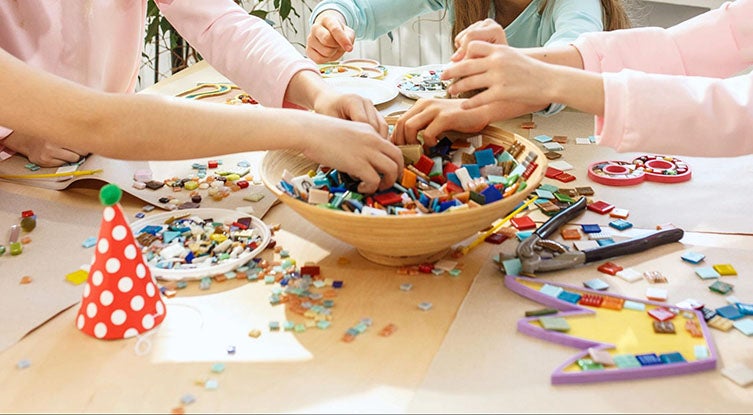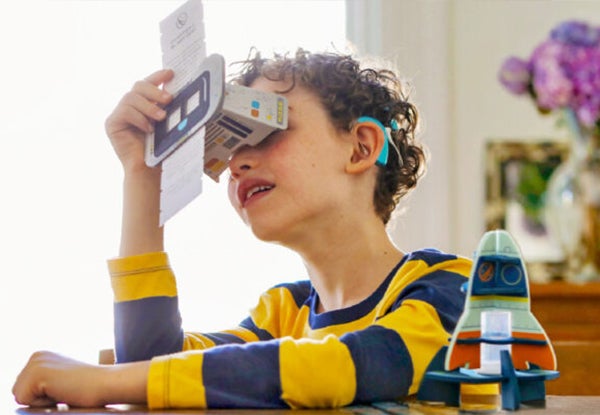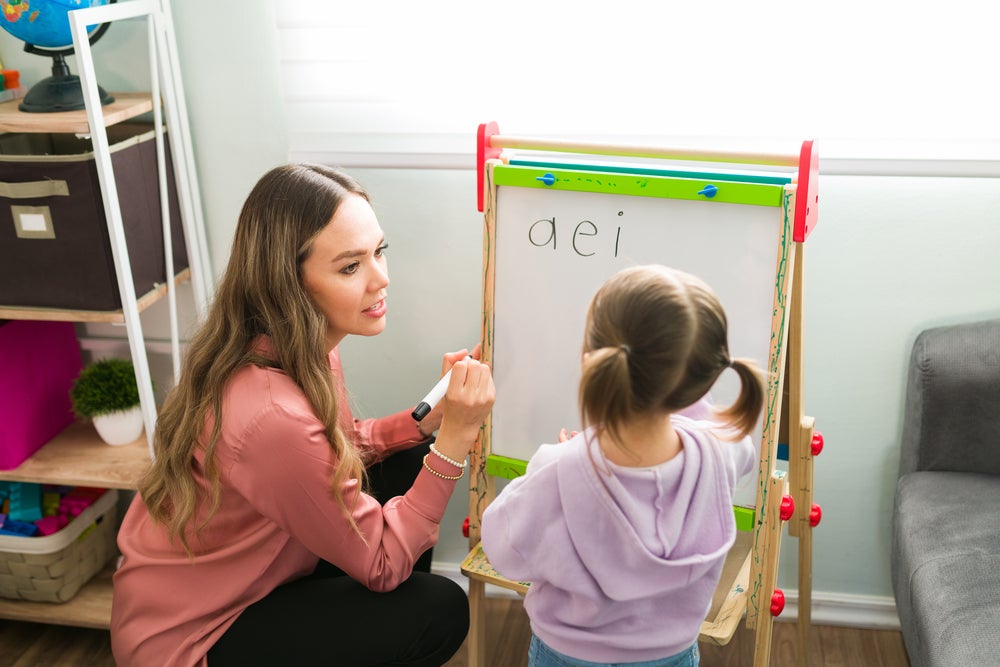As your child begins their reading journey, they’ll learn to recognize common words known as sight words. These words will become automatic with practice, helping them build their fluency.
In this article, we’ll list 1st-grade sight words and give tips for helping your child master them. Let’s dive in!
Table of Contents
- What Are Sight Words?
- 1st-Grade Sight Words
- Tips for Practicing Sight Words at Home
- 1st-Grade Sight Word Activities
What Are Sight Words?
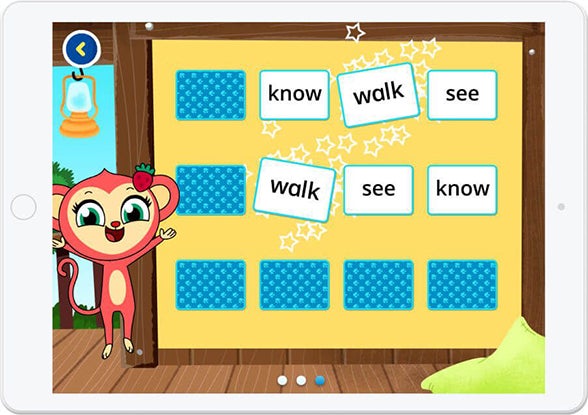
Sight words, or high-frequency words, are common words you often find in written text. They make up about 80% of the words in children’s books and half of all written content.
Educator Dr. Edward William Dolch spent years studying children’s literature. He encountered the same words repeatedly. Many of these words didn’t follow traditional phonetic rules, but he realized children needed to be able to read these words to be fluent readers.
He compiled a list of 220 sight words, which he believed were crucial for children to learn early in their reading journey. The Dolch Sight Word list has become a staple in many reading programs for kids.
The Importance of Teaching Phonics and Sight Words
You may have heard about a debate about phonics vs. sight words. Some educators believe phonics instruction is essential, while others argue that the focus should be on sight words.
The truth is that both approaches are needed for a well-rounded reading education. Phonics helps children learn to decode unfamiliar words and improves their understanding between letters and sounds.
Students with a solid understanding of phonics often have better spelling skills and have the ability to sound out words they don’t know.
However, since many sight words don’t follow phonetic rules, your child will need to learn to read them without sounding them out. They’ll be more fluent readers if they recognize these common words instantly.
Since both phonics and sight words play significant roles in reading, it is important to find a balanced approach that incorporates both methods.
1st-Grade Sight Words

The following 41 words are on the 1st-grade Dolch Word List. They’re in alphabetical order for easy reference.
- after
- again
- an
- any
- as
- ask
- by
- could
- every
- fly
- from
- give
- going
- had
- has
- her
- him
- his
- how
- just
- know
- let
- live
- may
- of
- old
- once
- open
- over
- put
- round
- some
- stop
- take
- thank
- them
- then
- think
- walk
- were
- when
Tips for Practicing Sight Words at Home
Now that you know the 1st-grade sight words, here are some tips for practicing them at home with your child.
Focus On a Few at a Time
When you look at the list of sight words as a whole, it can feel intimidating. However, breaking them down into smaller groups and focusing on a few at a time makes it more manageable.
Start with the first five words on the list and slowly work your way through the rest.
Keep It Fun
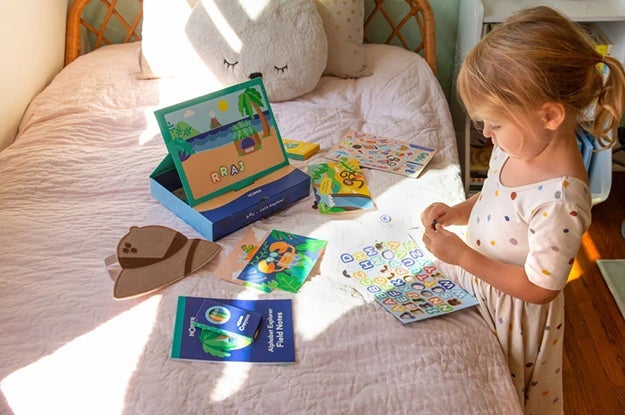
Incorporate games, songs, or activities into your practice sessions to make learning fun (check out the activities listed later in this article!). Kids learn through play, so including these elements can make the learning process more enjoyable for them.
HOMER Early Learning kits by Begin come with letter flashcards your child can use to build sight words. There’s also a magnifying glass they can use on sight word scavenger hunts, as well as memory, matching, and connect-the-dot games to encourage practicing sight words.
Make Your Own Flash Cards
You can quickly create a custom set of sight word flash cards with a stack of index cards and a marker. Simply write one word on each card (or ask your child to write them — it’s a fun way to practice printing!)
For even more flexibility, create two sets of cards. That way, you’ll be able to play matching games.
Once your flash cards are ready, you can use them for activities like:
- Speed drills (How quickly can your child read five words correctly?)
- Sight word Go Fish (Try to make matches while asking the other player for a sight word.)
- Sight word find (Hide a few cards and have your child search for them.)
- Bean bag toss (Spread out a few cards on the ground and have your child toss a bean bag onto them. They have to read the card the bag lands on before throwing it again.)
As your child masters certain words, remove them from the pack and rotate in cards with new words.
Integrate the Senses

The more senses your child uses to explore sight words, the more connections their brain will make and the easier it’ll be for them to remember the words.
Try these simple activities to make sight word practice a multisensory activity for your child:
- Use play dough to form each letter and build the word
- Write the word in sand or sugar or another textured material
- Bend pipe cleaners into letters to build words
- Ask your child to form each letter of the word with their body
- Use alphabet cookie cutters to make cookies your child can arrange into words and then taste
Practice Every Day
Consistency is key when it comes to learning sight words. Incorporate sight word practice into your daily routine, whether it’s during breakfast, before bedtime, or after school. This will help make it a habit for your child and ensure they’re consistently exposed to sight words throughout the day.
And if you can’t work in multiple sessions a day, it’s much better to do a short, 10-minute session every day than to try to cram in an hour of practice once a week. Frequent short lessons will help your child progress faster.
Review Words
Once your child masters a word on the 1st-grade sight word list, you may be tempted to mark it off forever. But unfortunately, kids can quickly forget words they don’t read frequently.
Regularly add previously learned words to your practice sessions to keep them fresh in your child’s mind.
Use Technology
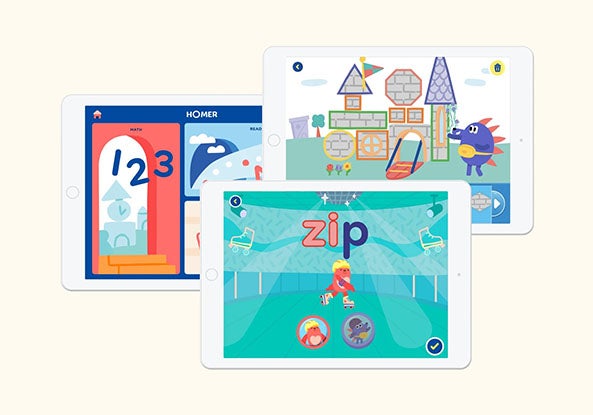
There’s no reason you have to lead every single practice session. The HOMER app by Begin is something your first grader can use independently to practice sight words and other essential literacy skills. It’s proven to increase early reading scores by 74% in 6 weeks with just 15 minutes of play per day.
1st-Grade Sight Word Activities
Try some of these fun sight word activities to help your first grader practice reading.
Word Puzzle
Write a sight word on an index card and cut the letters apart. See if your child can reassemble the pieces. Once they do, have them read the word.
Tap the Word
All you’ll need for this game are sight word flash cards.
Spread the flashcards out around the floor, word side up. Then call out one of the words. Have your child look for it, then tap it with their hand once they find it. As they tap, ask them to read the word.
Shared Reading
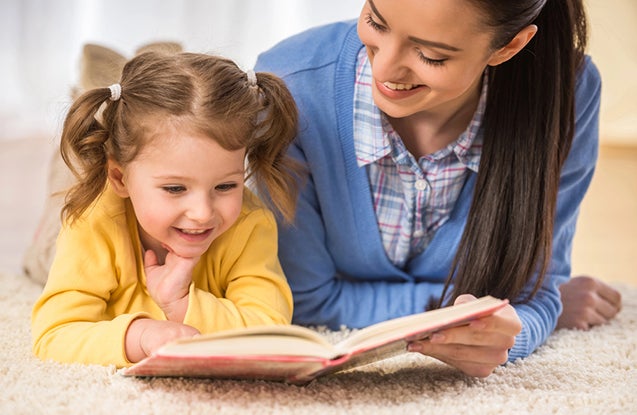
When you share a book, stop reading when you come to a sight word. Point to it and ask your young learner to read it.
They’ll be reading you more and more of the book as they progress since sight words are common in children’s stories.
Sensory Spelling
Get your child’s senses, specifically sight and touch, involved in spelling with these activities.
Shaving Cream
Spray some shaving cream on a counter or metal tray. Have your new reader spread it out with their hands and then use a finger to write sight words.
They can erase their words by wiping them with their hand and then write some more. When finished, some water and dishwashing liquid make cleanup simple.
Salt or Sand Tray
Pour sand or salt into a tray or shallow container. Then have your child use their finger to write each sight word. Give the container a little shake to “erase” the word and start again.
Magnetic Letters
See how many sight words your child can form on the fridge using magnetic letters. Ask them to read each one.
Sight Word Sensory Bin
Fill a container with rice, beans, popcorn kernels, cereal, or other small items to create a reading-themed sensory bin. Write sight words on small pieces of paper and bury them inside.
Challenge your child to find all the words. As they remove each piece of paper, they can read the word on it aloud.
Sight Word Hopscotch
Use sidewalk chalk to draw a traditional hopscotch grid. But instead of a number, write a sight word in each square. Ask your child to read each word as they jump from space to space.
Build Reading Skills with Begin

Helping your child learn the 1st-grade sight words can be a fun challenge. It’s incredible how much progress they can make with consistent practice and engaging activities.
Begin can help. With a HOMER Early Learning subscription and access to the HOMER app, your child can practice sight words and other core skills. Check out Begin and start your child’s sight word journey today!
